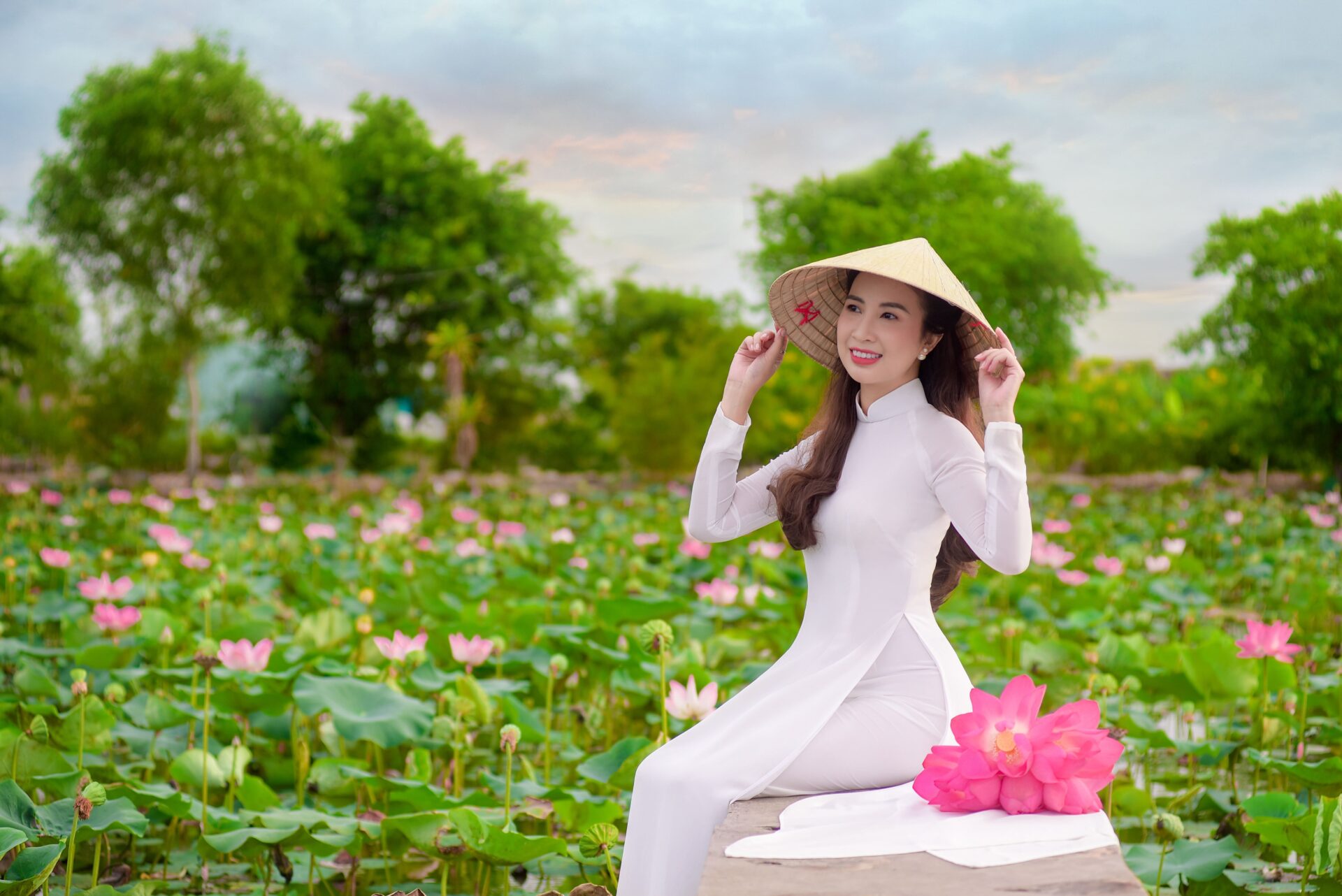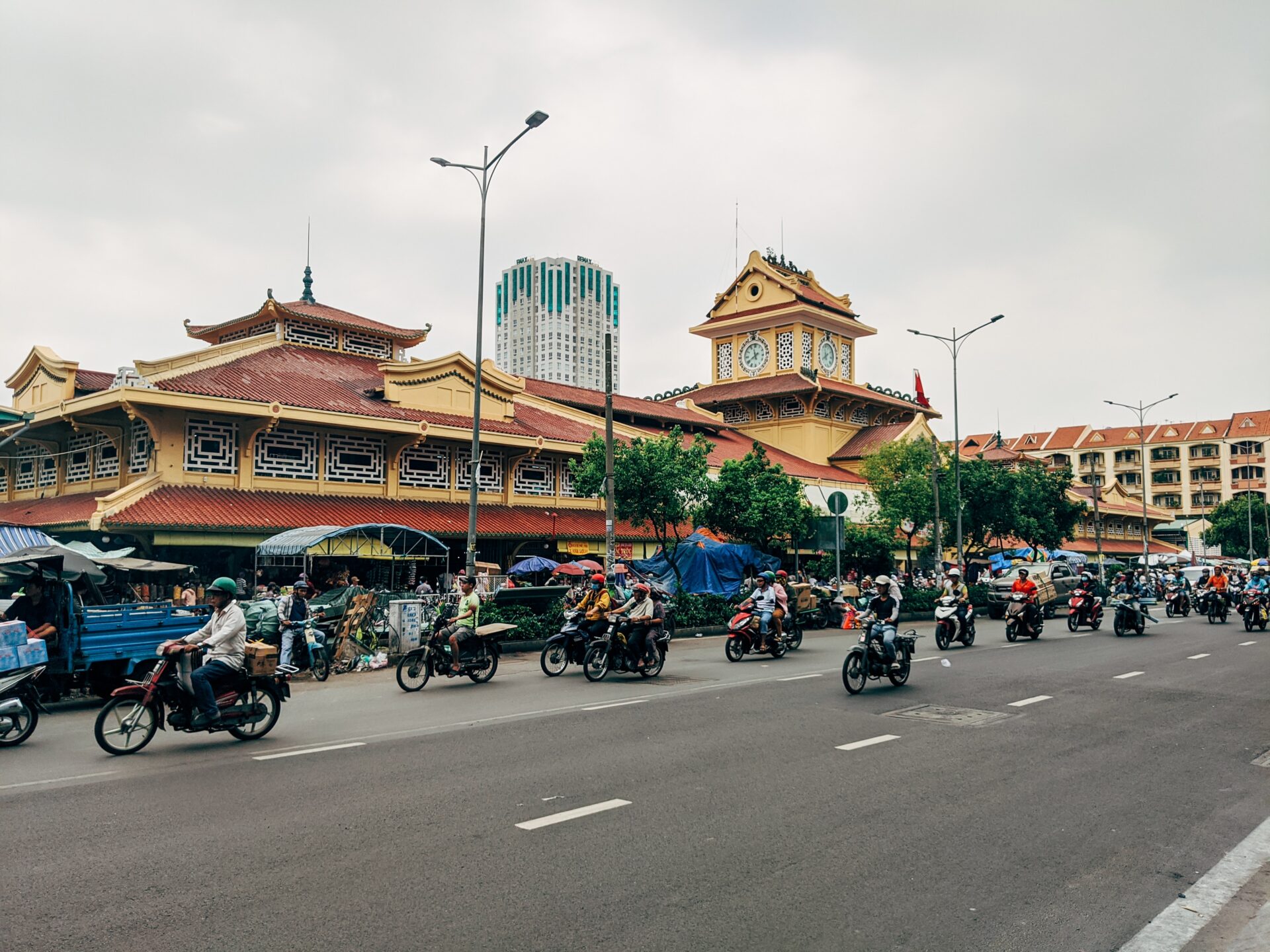Vietnam’s Essence: The Transition and Allure of the Ao Dai from Tradition to Modernity

When one thinks of Vietnam, the beautiful landscapes, delectable cuisine, and the nation’s emblematic traditional attire, the “Ao Dai”, often come to mind. The Ao Dai has enchanted many with its vibrant representation of Vietnam’s history and culture. In this article, we delve into the origins of the Ao Dai, its unique design, its cultural significance, and the evolution of the modern Ao Dai.
目次
1. The Origins of the Ao Dai
The history of the Ao Dai is ancient, tracing back through the eras of various Vietnamese dynasties. It first appeared during the 16th century Nguyen Dynasty era. Initially, it boasted a simple design. However, during the French colonial period, the Ao Dai was influenced by French fashion, transitioning into the slim and elegant design we recognize today. Especially from the 1920s to the 1950s, the Ao Dai underwent significant transformation, becoming a statement piece that accentuates the beauty of Vietnamese women.
2. Design and Characteristics of the Ao Dai
The Ao Dai is distinguished by its long sleeves and full-length silhouette. This design can be seen as an adaptation to Vietnam’s tropical climate. Often referred to as “Ao Dai”, its name reflects its vibrant colors. As seen in old markets of Hanoi, its rich color palette includes greens, blues, and purples. The primary materials are silk and satin, offering a smooth touch and sheen. Many Ao Dais also feature embroidery with motifs of Vietnamese landscapes or flora and fauna, adding a unique charm.
3. Cultural Significance of the Ao Dai
The Ao Dai is an emblem of Vietnamese culture and is donned for various occasions. For instance, during Tet (Vietnamese New Year), many women wear the Ao Dai, showcasing its beauty. It is also an indispensable part of weddings and significant ceremonies. For Vietnamese students, wearing the Ao Dai for graduation is a pivotal moment.

4. The Modern Evolution of the Ao Dai
In recent years, Vietnam’s fashion scene has seen immense growth, with many designers reinterpreting the Ao Dai. While maintaining its traditional essence, contemporary designs, materials, and techniques have been integrated, giving birth to new versions of the Ao Dai. For example, Nguyen Minh Hanh, a young designer from Ho Chi Minh City, has incorporated modern art into her Ao Dai designs, garnering significant attention.
5. The Emotion of Donning an Ao Dai
Wearing an Ao Dai offers an experience beyond just donning a piece of clothing. Specifically, the sense of being closely connected to Vietnamese traditions and culture is an allure unique to the Ao Dai. The way its long hem dances in the wind feels like a tangible connection to the stories and history of Vietnam.
6. Conclusion
The Ao Dai, encapsulating Vietnam’s traditions, culture, and the beauty of its women, has been cherished by many. Understanding its history, design, and cultural significance allows us to deeply appreciate the profound allure of the Ao Dai.
(Photo by Unsplash.com)



